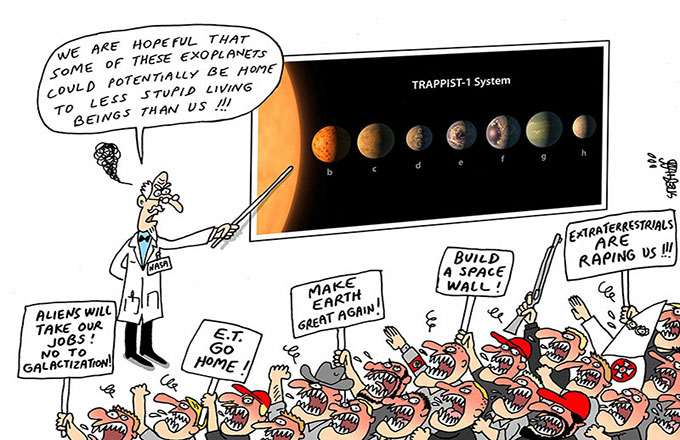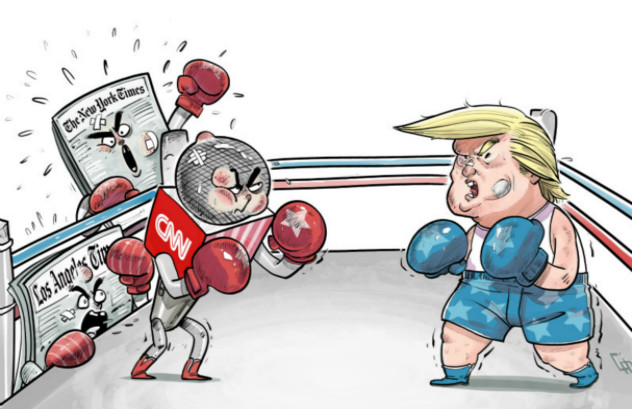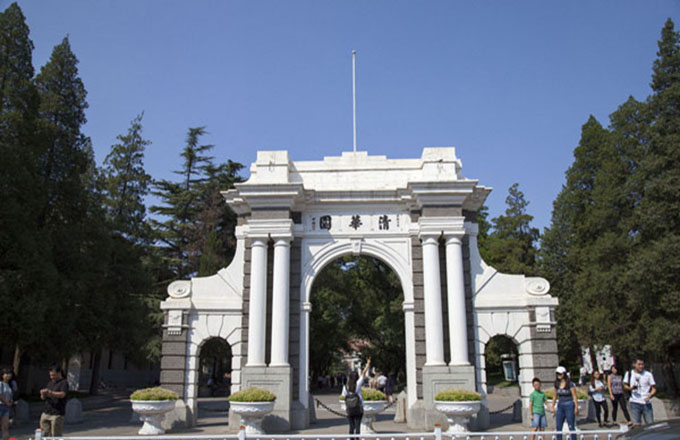Reforms profit SOEs
 |
|
Cars are refueled at a gas station of Sinopec in Qingdao city, East China's Shandong province, August 2, 2015. [Photo/IC] |
China's State-owned enterprises registered an average 6.7 percent growth in profits year-on-year in 2016, ending the negative growth of the previous two years, statistics from the National Bureau of Statistics show.
The upward profit tendency sends the message that China's SOEs have survived the test of their accelerated reforms and there is a solid footing for pressing ahead with SOE reforms despite the harsh economic climate.
The decline in profits from 2014 to 2015 resulted in vacillation over the necessary SOE reforms. The newly recovered growth momentum, however, can demonstrate these enterprises have enhanced their ability to deal with the changing economic circumstances and challenges.
The better performance of SOEs also serves as convincing proof that China's economy, its real economy in particular, is on a rising trend and they form a powerful driving force for China's economic growth. This should increase the courage and confidence of governments at various levels to advance SOE reforms.
As pillars of China's economy and a material basis for reform and innovation, the handsome profit growth of SOEs shows they are playing their due role in the rejuvenation of the national economy. More important, it justifies the direction of the ongoing supply-side structural reform advanced by the central authorities is correct.
The SOE profit growth also creates favorable conditions for China to push forward industrial upgrading and optimization of its economic structure.
Nevertheless, despite such positive signs, we should still keep high vigilance against the possible adversities SOEs may encounter. The sluggish world economic recovery, weakened international trade, mounting protectionism and increased geopolitical risks, along with China's still-existing economic downturn pressures and outstanding overcapacity in some sectors, mean SOEs should not delay in making efforts to address their structural problems and contradictions.



















